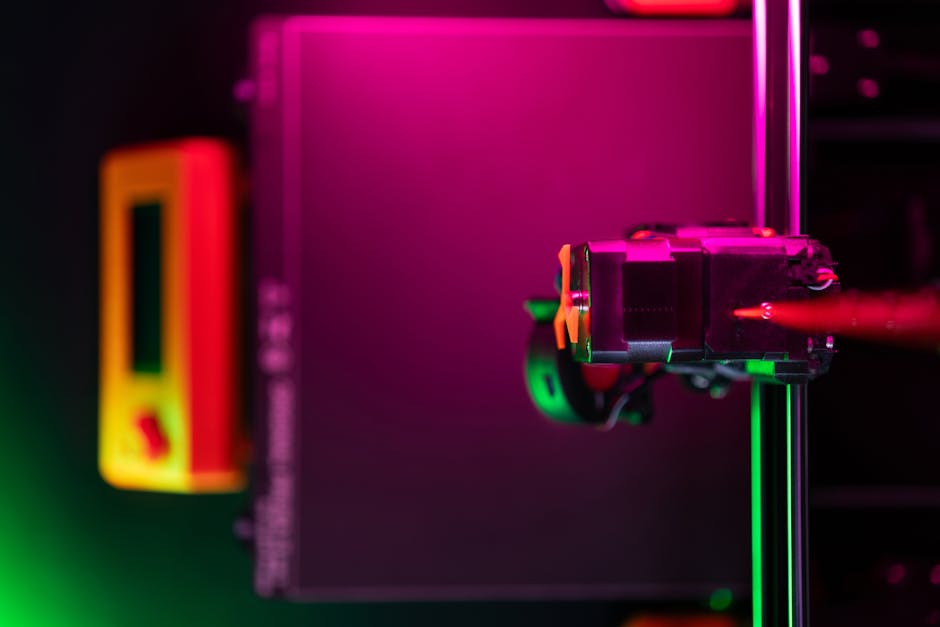The world is rapidly automating, and at the heart of this revolution lies the powerful synergy between Artificial Intelligence (AI) and Python. This dynamic pairing offers unparalleled capabilities for streamlining processes, boosting efficiency, and unlocking new levels of productivity across diverse industries. But what makes this combination so potent, and how can you leverage its power? Let’s dive in.
Why Python is the Language of AI:
Python’s dominance in the AI landscape isn’t accidental. Its clear syntax, extensive libraries, and vibrant community make it the ideal language for developing sophisticated AI applications. Key advantages include:
Readability and Ease of Use: Python’s straightforward syntax makes it easier to learn and write code, accelerating development time significantly. This is crucial when working with complex AI algorithms.
Extensive Libraries: Python boasts a wealth of libraries specifically designed for AI and machine learning. NumPy for numerical computation, Pandas for data manipulation, Scikit-learn for machine learning algorithms, TensorFlow and PyTorch for deep learning—these are just a few examples of the tools that empower Python developers to build cutting-edge AI solutions.
Large and Supportive Community: A massive and active community provides ample resources, support, and readily available solutions to common problems. This collaborative environment significantly accelerates the development process and fosters innovation.
Platform Independence: Python code is highly portable, running seamlessly across different operating systems, making it adaptable for a wide range of applications and deployment environments.
AI Applications Powered by Python:
The combination of AI and Python opens doors to a vast array of automation possibilities. Consider these examples:
Automation of Repetitive Tasks: Python scripts can be easily integrated with AI models to automate tedious and time-consuming tasks like data entry, report generation, and email management. Imagine an AI-powered system that automatically categorizes incoming emails and routes them to the appropriate personnel.
Robotic Process Automation (RPA): Python is frequently used to create RPA bots that interact with software applications to automate workflows, significantly reducing human error and improving operational efficiency. This is especially valuable in finance, customer service, and human resources.
Predictive Maintenance: AI algorithms, implemented using Python, can analyze sensor data from machinery to predict potential failures, allowing for proactive maintenance and preventing costly downtime. This is revolutionizing industries like manufacturing and transportation.
Chatbots and Conversational AI: Python is a backbone for building intelligent chatbots capable of understanding and responding to human language. These chatbots are transforming customer service, providing 24/7 support and handling a large volume of inquiries.
Image and Video Processing: Python’s image processing libraries, combined with AI algorithms, enable automation of tasks such as object detection, image recognition, and video analysis, finding applications in security, healthcare, and autonomous vehicles.
Getting Started with AI and Python Automation:
To begin your journey into AI-powered automation with Python, focus on these steps:
1. Learn Python Fundamentals: Start with the basics of Python programming. There are countless online resources, courses, and tutorials available.
2. Explore AI and Machine Learning Concepts: Grasp the core concepts of AI, machine learning, and deep learning. Online courses from platforms like Coursera, edX, and Udacity are excellent starting points.
3. Master Essential Libraries: Familiarize yourself with crucial Python libraries like NumPy, Pandas, Scikit-learn, TensorFlow, or PyTorch, depending on your specific needs.
4. Start with Small Projects: Begin with simple automation projects to gain practical experience and gradually increase the complexity of your projects.
5. Engage with the Community: Join online forums, attend meetups, and participate in open-source projects to learn from others and share your knowledge.
Conclusion:
The synergy between AI and Python is undeniably powerful, paving the way for significant advancements in automation across numerous sectors. By mastering this powerful combination, you can unlock new levels of efficiency, productivity, and innovation. The future of automation is here, and Python is the key to unlocking its potential.


